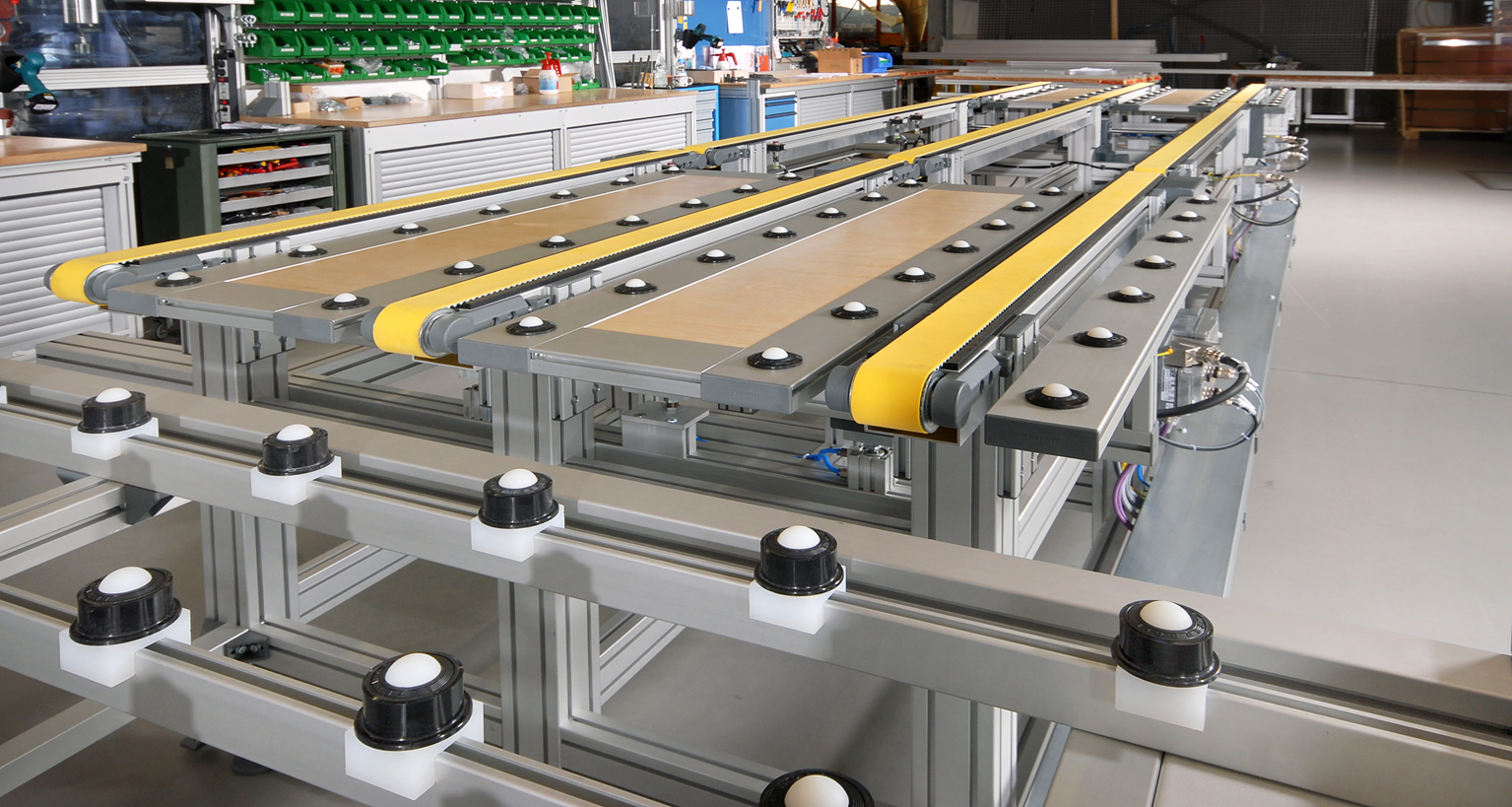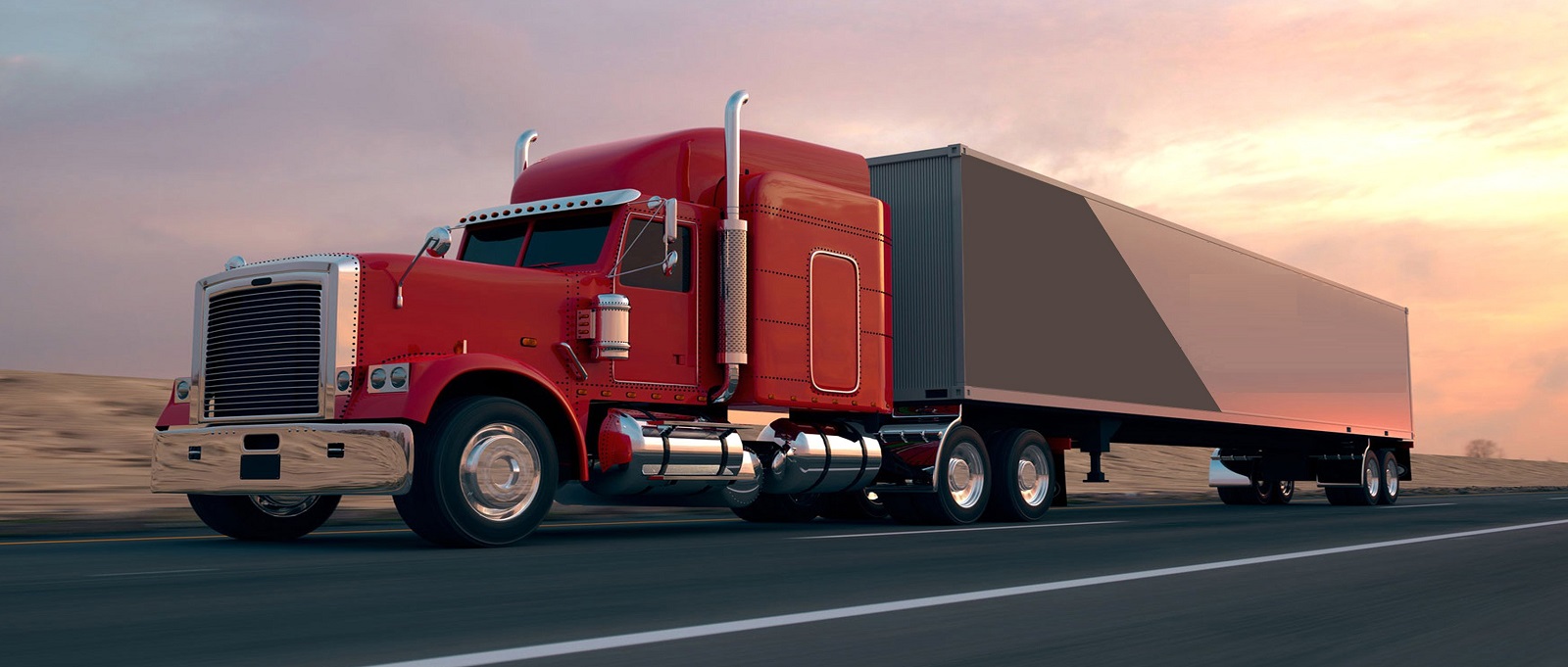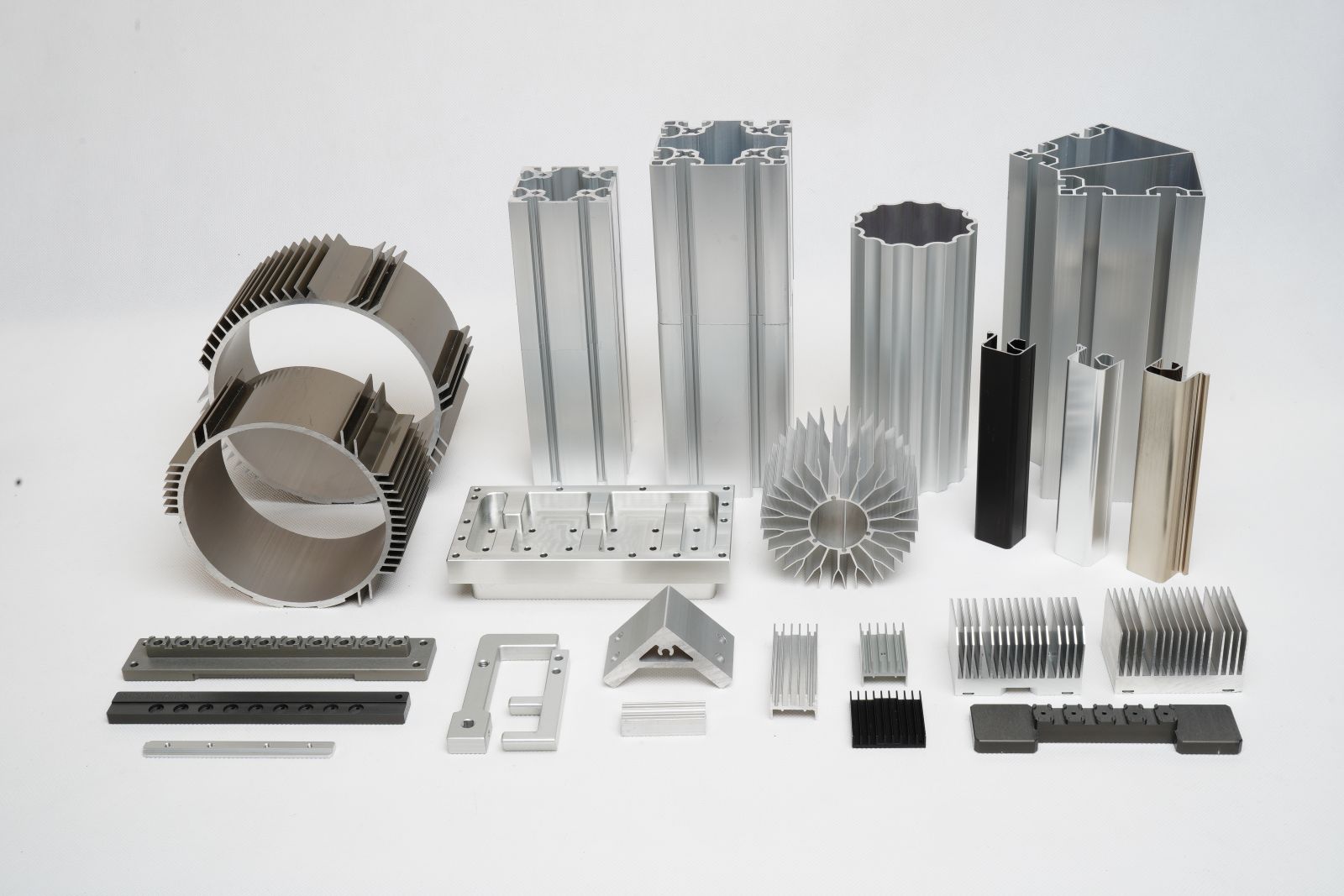An Introduction to Aluminum Extrusion and Profiles
The aluminum extrusion (also known by "aluminum frames") forming process is a bulk plastic deformation process. First, a billet of aluminum is preheated to a specified temperature that is still comfortably below the material melting point in order to facilitate the plastic flow of the material. The heated billet is then forced through a tooling die that is designed to shape and form the billet into the corresponding profile cross section. This industrial extrusion process is analogous to the culinary technique used to make different types of pasta; and also a technique seen to form shapes in the children’s toy, Play-Doh.

Advantages of Aluminum Extrusion:
Aluminum is a very commonly specified material for use in extrusions and shape profiles because it possesses mechanical characteristics that make it ideally suited for the shaping and forming metal billet sections.

Aluminum extrusion is an excellent choice for industrial applications
The high malleability of aluminum means that the metal can be readily shaped into a variety of sections without expending significant energy on the tooling or forming process, and the melting point of aluminum is also generally on the order of half that of ordinary steel. Both of these facts mean that the aluminum extrusion process has a relatively low energy footprint translating into low tooling and manufacturing costs. Finally, aluminum also possesses a high strength to weight ratio, making it an excellent choice for industrial applications.
Types of Profiles
A wide variety of intricate aluminum extrusion profile types can be created at varying thicknesses. These profiles can feature a wide variety of intricate void spaces, as necessitated by the end use application. A wide range of internal voids are available in order to facilitate a wide variety of automation applications and also satisfy any performance weight requirements. The most common type of aluminum profile is the hollow beam profile which is simply a variation of the square profile. There are also other profile types such as the triangular, single radius, and L-shaped profile.
KIMSEN aluminum extrusion profiles. Visit www.kimsen.vn for a full selection of available profiles, lengths, and surface treatments.
Surface Types:
As a byproduct of the extrusion process, there are sometimes small, barely visible lines present on the surfaces of the profiles. This is a result of the extrusion tooling, and additional surface treatments can be specified to remove these lines.
There are a few of secondary surface processing operations that can be performed such as face milling after the main extrusion forming process in order to improve the surface finish of the profile section. These processing operations can be specified in order to improve the geometry of the surface to improve the part profile by reducing the overall surface roughness of the extruded profile.
These treatments are typically specified in applications that require precise positioning of the parts or where mating surfaces must be controlled tightly. Surface treatments can also add additional corrosion resistance, improve the hardness of the profile, or even add electrical insulation to the extrusions.

Anodized coating helps protect against corrosion, and is non-conductive.
Uses of Profiles Sections:
Aluminum profiles are most commonly used across industrial automation applications such as automated motion applications on process lines and industries throughout manufacturing. They are strong and yet light enough that they yet can be easily man-handled and built into various configurations as necessitated by the automation structure.

Outside of the traditional automation applications, structural grade aluminum extrusions are even being specified as part of weight reduction efforts. In this sense, they are increasingly being employed as frames in other end use consumer products such as automobiles and LEED building projects. As more advanced aluminum alloys and surface coating techniques are developed, the uses are expanding into these new areas.
Conclusion
In closing, extrusion aluminum sections are versatile and ideal for use in building automation applications, and aluminum is an excellent structural material which lends itself perfectly for use in profile extrusions. More likely than not, there is an aluminum profile that’s perfectly tailored to the specific automation application.
KIMSEN is proud to bring high quality aluminum extrusion, components & modules which meet international standards.
For specific advice, please contact Hotline 0243 795 7410 or email info@kimsen.vn
KIMSEN INDUSTRIAL CORPORATION
Head Office & Factory: Yen Phong Industrial Park, Yen Phong Dist., Bac Ninh Pro., Vietnam
Hanoi Office: 14th floor, TTC Tower, No. 19 Duy Tan Str., Cau Giay Dist., Hanoi, Vietnam
Hotline: 0243 795 7410
Email: info@kimsen.vn
*Reference: https://www.globalsources.com/Hydraulic-equipment/Aluminum-cylinder-1107485120p.htm#1107485120


 Chia sẻ:
Chia sẻ: